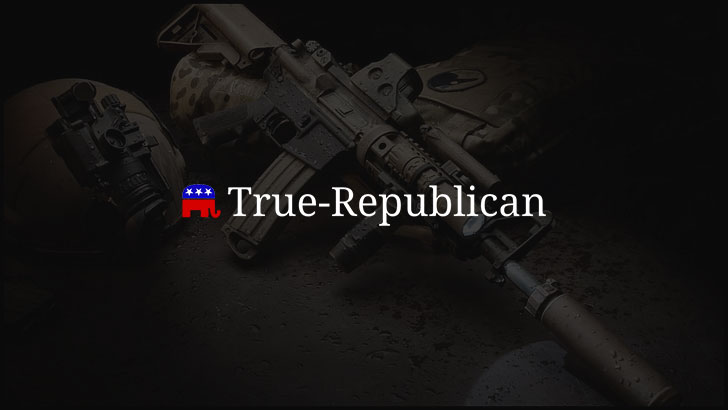The United States Pharmacopeia, an independent, science-based nonprofit, released its first annual Drug Shortage Report (USP) showing that drug shortages are currently at the highest level in a decade with 2023 marking the worst year yet.
Over the past 10 years, the number of drug shortages has increased dramatically, the report explains, with 125 active drug shortages monitored by the U.S. Food and Drug Administration (FDA) at the end of 2023.
“This high number of shortages is a direct result of persistent market vulnerabilities,” the report states. “According to our analysis, over a quarter of drugs in shortage were new drug shortages (34 products) in 2023.”
Published in early June, the report explains that the average drug shortage lasts more than three years and impacts multiple types of drugs. One in four drug shortages lasted more than five years while six drugs, including epinephrine injections for serious allergic reactions, have been in low supply for a decade. More than half of all new drug shortages involve injectable generic medications.
“Unexpected shocks can break the system and disrupt the supply of quality medicines,” said Anthony Lakavage, senior vice president for Global External Affairs at USP, a nonprofit organization that sets global quality standards for medications, dietary supplements, and food ingredients.
“This worrisome trajectory leads to more frequent drug shortages, prolonged scarcity, and more people at risk of not getting the medicines they need when they need them.”
(Related: Pharmaceutical drug manufacturing has degraded so badly with so many contamination problems that the Department of Defense [DoD] has intervened to call for outside testing.)
U.S. manufacturing falling apart
A big part of the problem is the manufacturing complexity involved with many drugs such as sterile injectables and antibiotics. These drug classes require dedicated facilities capable of complicated chemical synthesis – facilities that are increasingly in short supply in the United States.
Ongoing and increasing quality control problems are a component of this as well with a 2023 report from the FDA showing that nearly half of all drug production facilities have “objectionable conditions.”
Another problem driving drug shortages is greed. Most of the drugs currently in short supply cost less than $5 with 66 percent of solid oral medications in short supply costing less than $2 to make. The number of discontinued drugs also increased by 40 percent between 2022 and 2023.
Supply chain vulnerability is also driven by geographic concentration with 44 percent of injectable medications produced in the U.S. and 56 percent of solid oral medications produced in India.
“Quality comes at a price,” said Vimala Raghavendran, vice president for Informatics Product Development at USP.
“The economics of generic drugs often leave manufacturers with razor-thin margins, making it challenging to prioritize investment in modern machinery or to elevate standards of quality. Without sufficient profitability, the cycle of innovation and improvement becomes difficult to sustain.”
To fix or at least improve the situation, U.S. Pharmacopeia suggests better coordinating supply chain resilience and reliability efforts while increasing supply chain visibility. The group also suggests establishing a vulnerable medicines list; aligning the market to incentivize a higher-quality supply chain; and expanding manufacturing capacity.
“The solution to drug shortage is do without drugs,” an online commenter also suggested. “Treat the root cause instead of a pill for everything. If your fish tank is dirty, you don’t drug the fish, you clean the tank instead.”
Another noted that there certainly is no shortage of vaccines, especially those being pushed for the Wuhan coronavirus (COVID-19).
“This is all intentional, people,” this person said. “Food shortages, drug shortages, etc.”
Now is probably a good time to switch from pharmaceuticals to natural alternatives if possible. Learn more at NaturalMedicine.news.
Read the full article here










